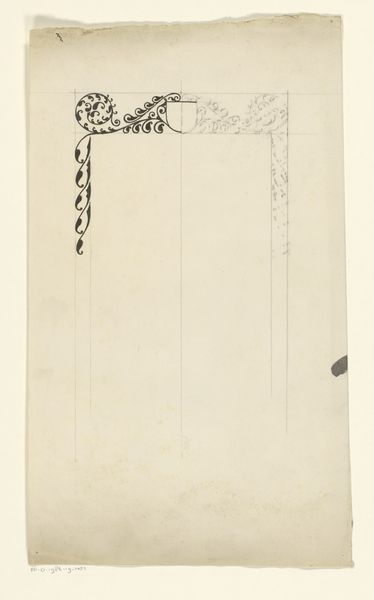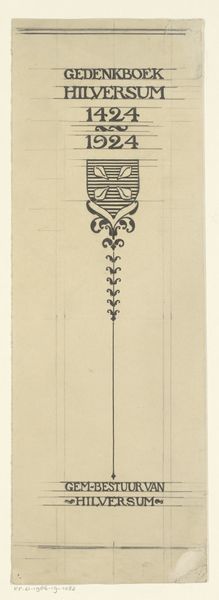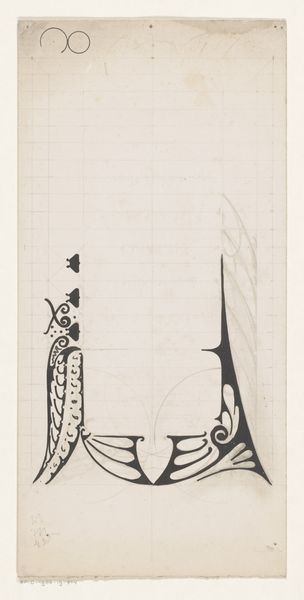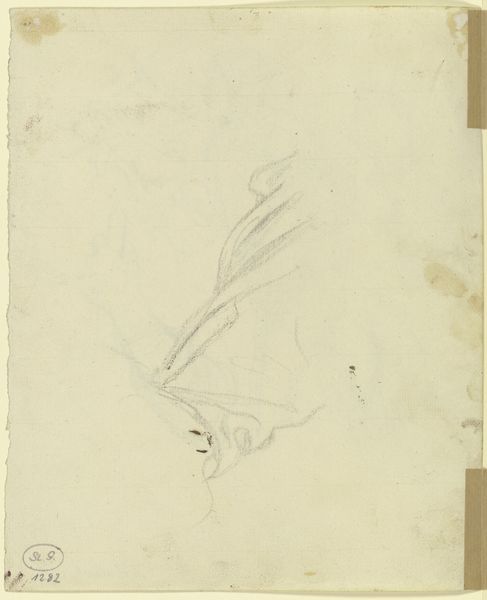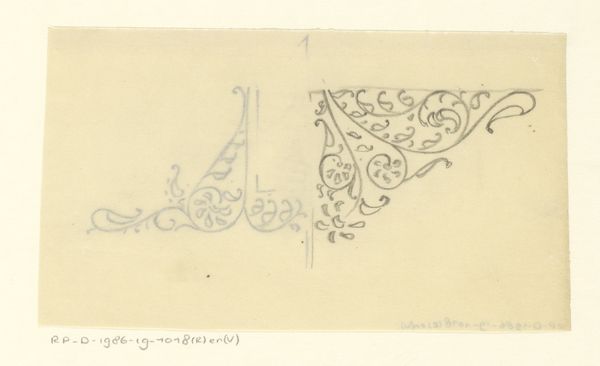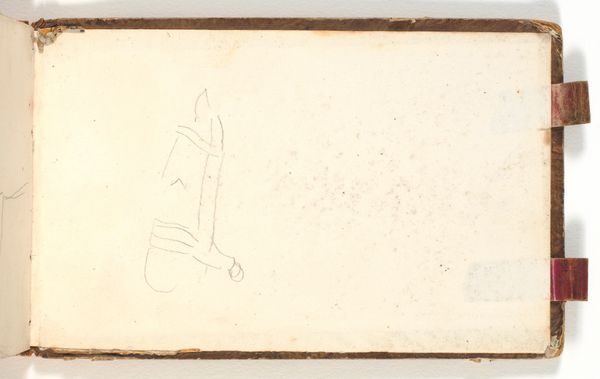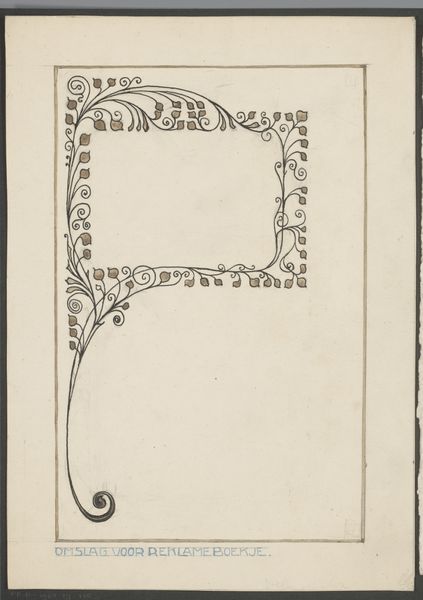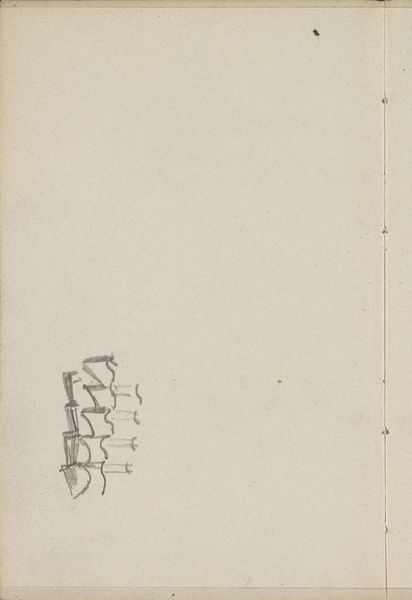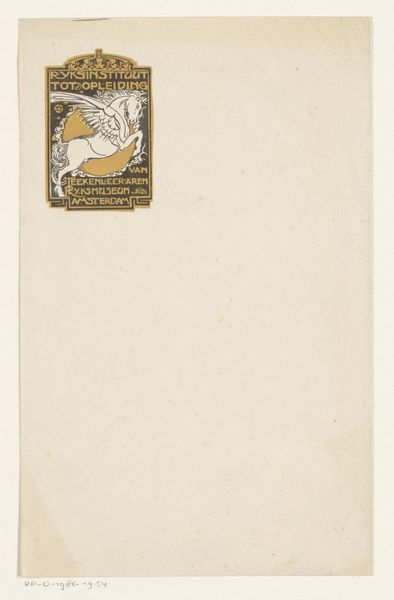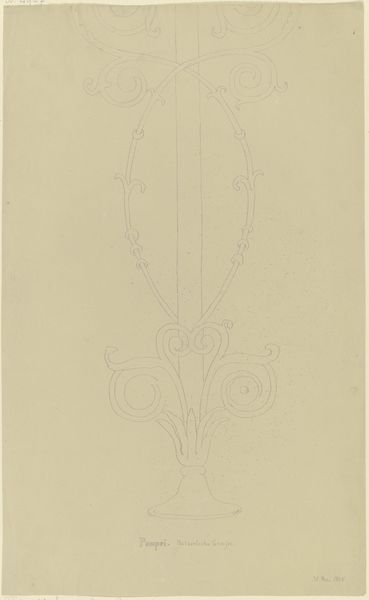
drawing, paper, ink
#
drawing
#
paper
#
ink
#
geometric
#
line
Dimensions: height 191 mm, width 170 mm
Copyright: Rijks Museum: Open Domain
Curator: Here we have a work titled "Ontwerp voor een ornamenteel kader," which translates to "Design for an Ornamental Frame," attributed to Reinier Willem Petrus de Vries. It was created sometime between 1884 and 1952. Editor: My first impression is of something delicate, almost like a botanical drawing but entirely abstract. The use of ink on paper creates a strong contrast, yet the line work feels airy. It makes me wonder about the craft involved. Curator: Indeed. Looking at its potential social context, we could explore this drawing's role within the larger framework of decorative arts during its time, thinking about class and taste. Who were these designs for? Editor: Absolutely, let's think about the materials: paper and ink. Were these mass-produced sketches, or singular items, pointing towards exclusive handmade art versus an industrially manufactured object? It strikes me as very much tied to production and labor. Curator: We might consider how geometric forms in decorative arts are themselves gendered; the act of framing, the expectation of containing the space… It's inherently about boundaries and constraints, ideas that were prevalent and challenged throughout the entire period. Editor: And who designed them and who used them? How were these patterns then translated onto possibly fabric or a surface? We're considering the entire chain of making and consuming, which brings a whole array of issues forward from worker rights to sustainability. Curator: We should address the racial politics implied as well. Many of these ornamental aesthetics took inspiration from Orientalism and colonial appropriation, embedding these patterns within histories of exploitation. Editor: Yes, examining this image allows one to dive into not just visual aspects but how it connects us to global economies of production. Curator: To really probe the history of visual pleasure and design requires an unpacking of the socio-political realities it obscures, doesn’t it? It prompts a lot of further investigation. Editor: Precisely, prompting a fresh viewpoint of seemingly small, singular materials gives great meaning, and gives a material reality check as well.
Comments
No comments
Be the first to comment and join the conversation on the ultimate creative platform.
